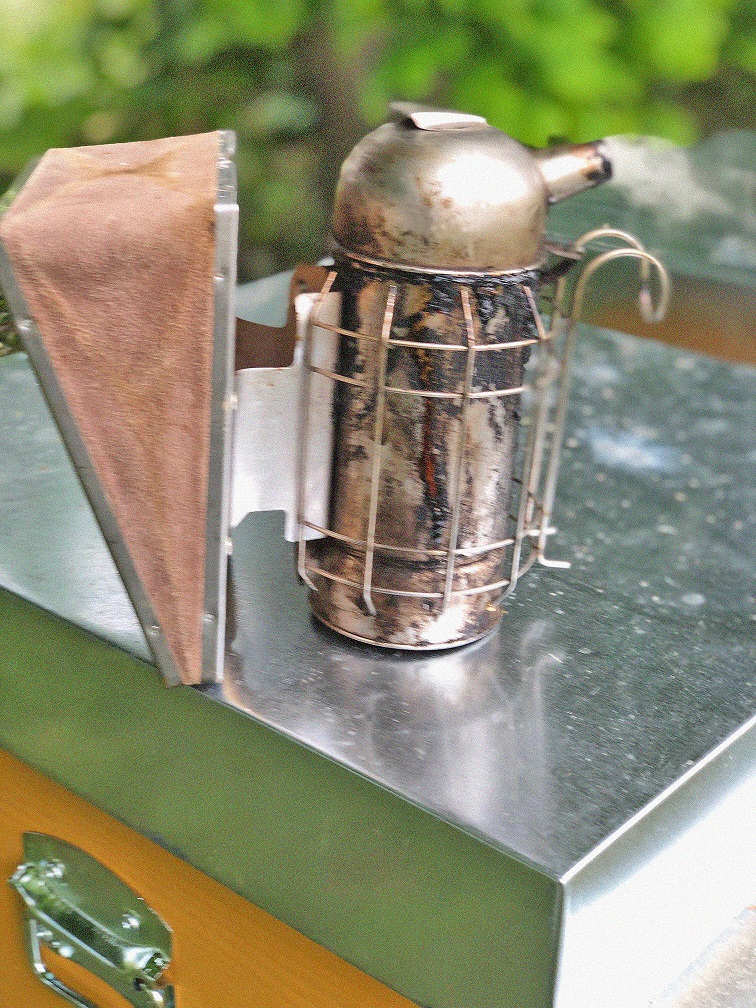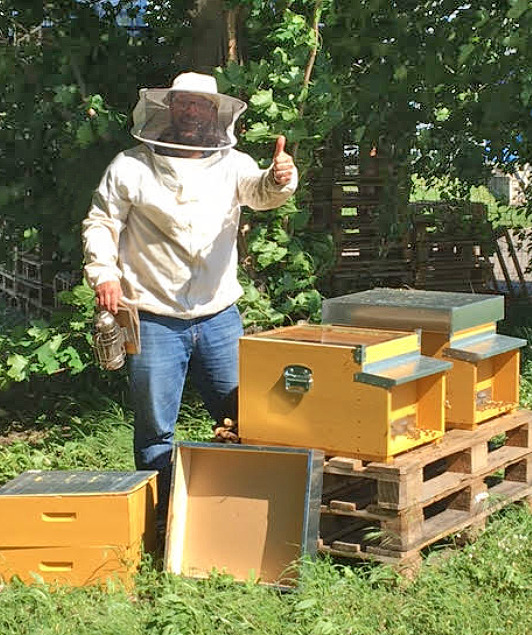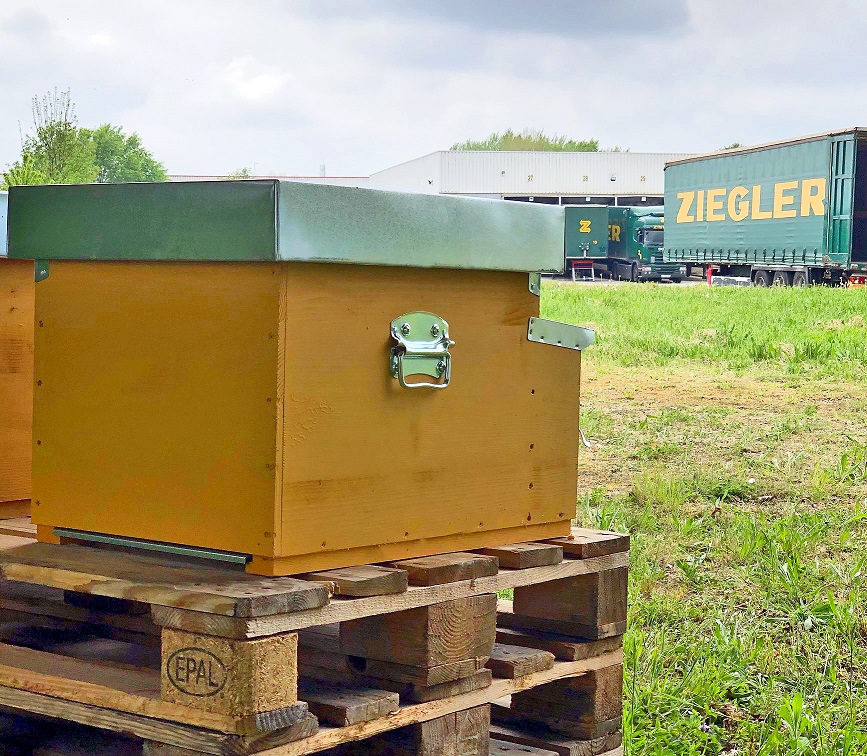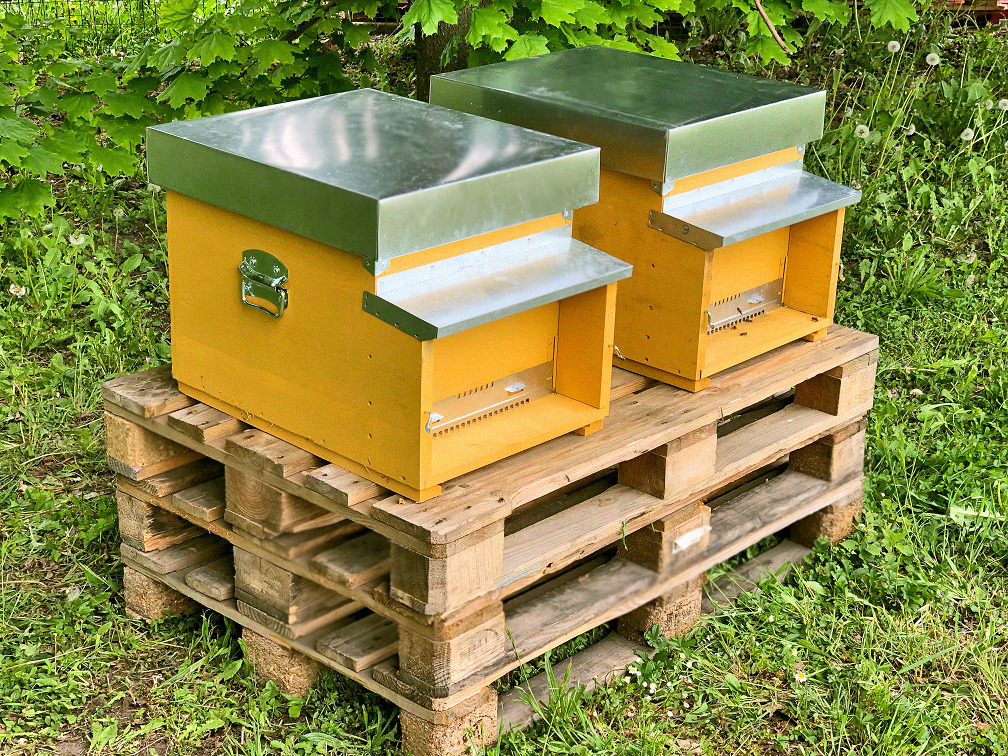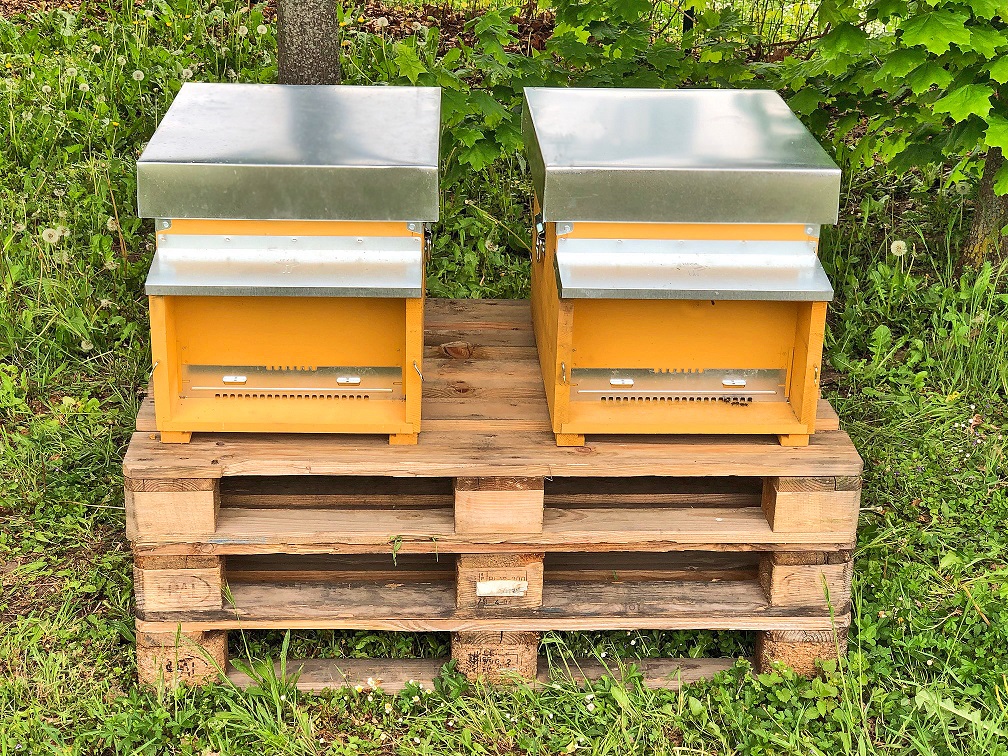Ziegler’s Approach to the Security of Information Systems
Long ago, when companies faced threats from pirates and bandits, they required armed security forces to ensure that the company’s assets were not lost in transit or stolen from their vaults.
Today, similar threats still exist. Highly valuable data is often only a few keystrokes away from being stolen. Instead of armed guards, our most valuable assets are protected by an army of IT experts who engage in a daily struggle with very real thieves.
How Zielger’s Information System Security is Organised
To make sure our cyber data is secure, Ziegler Group has adopted an Information System (IS) security approach that complies with the ISO27002 framework. These guidelines help us to create security standards and procedures that allow us to comply with regulations.
A Chief Information Security Officer (CISO) is responsible for overseeing that security measures are being used correctly and that all departments and levels of the company follow the same rules for cyber data security.
New Comprehensive Security Policies
Our security processes are based on our Information Systems Security Policy (ISSP).
The purpose of this policy is to ensure the security of our information systems in a uniform and comprehensive way. It establishes ways to identify and address security risks, and aims to raise awareness about these risks among employees and partners.
The ISSP covers the secure storage and processing of data, including any Ziegler-owned data, software, and data that passes through third parties.
Since IT security is an ongoing process, these procedures and policies are being regularly adapted to minimise risks to our business and our customers.
Why a Risk-based Approach?
By looking at our risks, we can allocate investment and effort to secure the most vulnerable and valuable aspects of our company first.
Our risk assessments are performed by an external security auditor (Orange Cyber Defense), which are also complimented by internal assessments.
User Awareness Training
Having a well-informed and security-conscious workforce considerably lowers the risks of security breaches for the company as a whole.
So Ziegler offers interactive training and simulated phishing campaigns to employees to improve awareness and to help them identify real threats more easily.
Auditing our Information Security
Ziegler conducts yearly security audits of its information systems with an external partner, to identify vulnerabilities and create plans to address them, in order to improve the company’s security status.
These audits can include inviting a team of ethical hackers to look for weaknesses, and simulating specific attacks to test our own response procedures and execution.
Business Continuity
And what if the worst does happen?
Ziegler is investing in redundant systems to ensure business continuity and maintain the same level of security. This starts by creating redundant storage options and other measures to prevent single points of failure.
Our Disaster Recovery Site (DR Site) is located at a separate location for recovery in case of major outages at our main datacenters. The DR Site provides the same level of redundant power, climate control, and physical security as the main datacenter.
Time is of the essence in responding to a cyber-attack. This is why Ziegler has an Incident Response Playbook to structure an organised and swift response to incidents.
Looking to the future
Keeping up with the ever-evolving threat landscape requires that we use the latest tools and technologies.
Ziegler is investing in the use of cloud services to improve the scalability, availability, and security of its systems.
We are also leveraging machine learning, AI, and automation to quickly detect and respond to security anomalies, in order to prevent incidents from happening or spreading in ways that humans can’t easily detect.
Why we do it
We owe it to our customers and partners to guard their valuable information as carefully as possible. This isn’t just a good practice – it’s essential to maintaining lasting relationships and doing good business in our modern world.
Information Security allows us to go further, and dream big, just like companies have done since trade began millenia ago.
What you need to know.
5 tips from the expert Dirk R. Pottilius, Head Customs & Fiscal Representation Ziegler Belgium.
1. Know your goods, their commodity codes and origin.
2. Know the customs value of your goods.
3. Respect the legal deadlines of customs legislation.
4. Be proactive with customs. Don’t let a problem lurk. Resolve it. If necessary, notify Customs and cooperate.
5. Demonstrate a thorough understanding of risk management from a customs perspective.
Don’t hesitate to contact Ziegler’s Customs & Fiscal Representation for help and advice.
As Ziegler Group begins introducing autonomous delivery vehicles (AVs) to Europe, there is much to understand about how these vehicles work and their potential to create positive changes for emissions, city congestion, and much more.
With several autonomous Transporter vehicles from Udelv set to arrive in late 2022, Ziegler Group is preparing to test them for eventual use in city centres throughout Europe.
As exciting as this sounds, safety must be a top priority. AVs will require rigorous testing and regulatory changes before sharing the road with regular traffic. And the general public needs to be convinced of their safety as well.
We can explore how AVs work to understand them better since they will play an increasingly integral part in our daily lives in the future. What technologies enable them to safely enter traffic and navigate a specific set of coordinates safely?
Let’s find out how the Transporters work!
The Delivery Vehicle of the Future
Although many different AV technologies are being developed worldwide, not all rely on the same methods. Most self-driving vehicle manufacturers aren’t focused on developing vehicles intended to make deliveries, which have different considerations that need to be factored in.
The Transporter was developed by Udelv, who makes self-driving delivery vehicles, and MobileEye, an Intel company. Udelv vehicles already have made more than 20,000 deliveries during testing in the USA, and MobilEye technology is currently used in more than 100 million cars worldwide to make driving safer.
The new Transporter, set to hit the market in 2022, is the result of their combined expertise, testing, and experience with initial prototypes. It’s a level 4 autonomous electric vehicle that can make all sorts of deliveries safely and securely. According to Udelv, the Transporter is the first end-to-end solution to autonomous last- and middle-mile delivery.
“From pharmaceutical pills, to groceries, to a 93-inch muffler,” According to Daniel Laury, CEO and Co-Founder of Udelv. “Eventually, this will lead to lower consumer prices, more efficient deliveries, and decongested roads.”
How It Works
There is a massive difference between the requirements of regular self-driving cars and autonomous delivery vehicles, which need to be able to make deliveries easily and securely and drive autonomously.
Cab-less Driving
The Transporter has no seats, steering wheel or pedals. By removing the cab, the vehicle can maximise space for making deliveries.
The Transporter uses the Mobileye Drive™ to drive without anyone piloting it. The system scans its surroundings and references past driving data while automatically opting for the most efficient routes depending on the conditions.
The Mobileye Drive™ self-driving system is made up of the following components:
● Cameras
● LiDARs
● Radars
● EyeQ® (5th Generation)
● Road Experience Management
The redundant suite of sensors – cameras, LiDAR and Radar – allow the vehicle to understand its environment and respond to real-time traffic and road conditions and is powered by EyeQ® from Mobileye.
The vehicle’s software continually updates the vehicle with the most recent and high-definition map coverage to ensure safe trips.
Safe and Intelligent Deliveries
“The Transporter is designed to automate a multi-step delivery journey,” Says Daniel Laury. “Up to 80 stops per run!”
The uPod is the part of the vehicle that handles cargo and deliveries. It can carry up to 2000lbs of cargo. The interior of the uPod has adjustable interior shelves that easily resize to make room for goods of all shapes and sizes.
Deliveries are made by a unique opening mechanism that only allows access to the appropriate package, preventing other people from claiming your cargo.
The uPod is also linked to a cloud-based intelligence software responsible for loading, unloading, and cargo return.
Recipients will be able to use an app to claim their cargo. Udelv has created both B2B and B2C mobile applications for retailers and consumers to retrieve/load the items.
Control from Miles Away
There will be certain situations that arise that require human help, and when that happens, remote operators are always ready to take over control of the vehicle. Unlike drivers, however, a single operator can monitor multiple vehicles simultaneously.
Continuous Improvement & Efficiency
The vehicle is electric and is offered with battery packs ranging from 90 to 160 kilowatt-hours.
The Transporter is truly an impressive feat of technology, and it gives us a glimpse of what to expect in the years to come. Ziegler Group is excited to test the Transporter on private property in the near future!
If you’re looking to know more about autonomous vehicles and how you can leverage this technology for your own needs, contact us!
After Ziegler Laval produced Ziegler-branded honey pots harvested from their very own onsite beehives, it’s now Ziegler Strasbourg’s turn to take the plunge into beekeeping under the guidance of Alexander Ende, Route Inter manager, who is a passionate beekeeper with a dozen beehives he maintains personally. So it’s fitting that he will oversee the installation and operation of two beehives at the Strasbourg branch. Each hive will house 50,000 bees and can produce 10 to 15 kilos of honey per year. The first harvest of acacia honey is expected in June!
Beehives have also been installed on the roof of Ziegler’s headquarters in Brussels.
The goal is that these projects will further ‘pollinate’ the initiative throughout the rest of Ziegler branches in Belgium.
In doing so, Ziegler is taking its eco-responsible approach even further by transforming its roofs and green spaces into refuges for biodiversity and well-being. In this way, Ziegler is doing our part to contribute to UN Sustainability Goal 15, which was established in 2015 by the United Nations as a blueprint for a better and more sustainable future: a world that respects life.
Bees have always exercised on humans a form of fascination, enthusiasm unanimously shared as it is true that they present singular characteristics that do not fail to astonish. They are symbols of dedication, productive organization and life. Their work is invaluable to both humans and animals.
Aren’t they essential to life as Albert Einstein wrote ““If the bee disappears from the surface of the Earth, man would have no more than four years left to live. No more bees, no more pollination, no more plants, no more animals, no more man”?
Bees also have a relationship with Ziegler’s activity: they are the ones that fertilize plants and above all “transport” pollen. By their cells, the honeycombs are also reminiscent of the shelves of Ziegler’s logistics activity.
It is therefore not surprising that Ziegler intends to preserve this endangered species by embarking on urban beekeeping as part of its “Ziegler. Now Even Greener”.
Coraline Vleminckx, our quality assistant, proposed a project close to her heart in collaboration with her uncle, a beekeeper in town trained by Srabe Asbl, Royal Beekeeping Society of Brussels and Surroundings.
The objective is to install the first hives on the roof of the Ziegler headquarters in Brussels at the end of April 2022, and then to “pollinate” the initiative everywhere within the Ziegler branches in Belgium.
The location of the first hives is ideal because Ziegler’s headquarters is located a few bee’s wing beats from the gardens of the royal palace where bees can forage at leisure..
The first honey harvest, which is expected at the end of July 2022, will be packaged in small 150 g and 300 g jars in Ziegler colors which will reward employees and will be offered to customers who share a loyalty approach based on a strong value of protecting the environment. What could be better than tasting this homemade nectar?
Thanks to its beekeeping harvests, Ziegler will also produce sweets which will be distributed to schools, which will make it possible to carry out an educational action to raise awareness of environmental issues for children.
In doing so, Ziegler goes even further in its eco-responsible approach by transforming its roofs and green spaces into refuges of biodiversity and well-being. Ziegler thus responds to Goal No. 15 set up in 2015 by the United Nations, serving as a blueprint for achieving a better and more sustainable future: that of a world that respects life.

